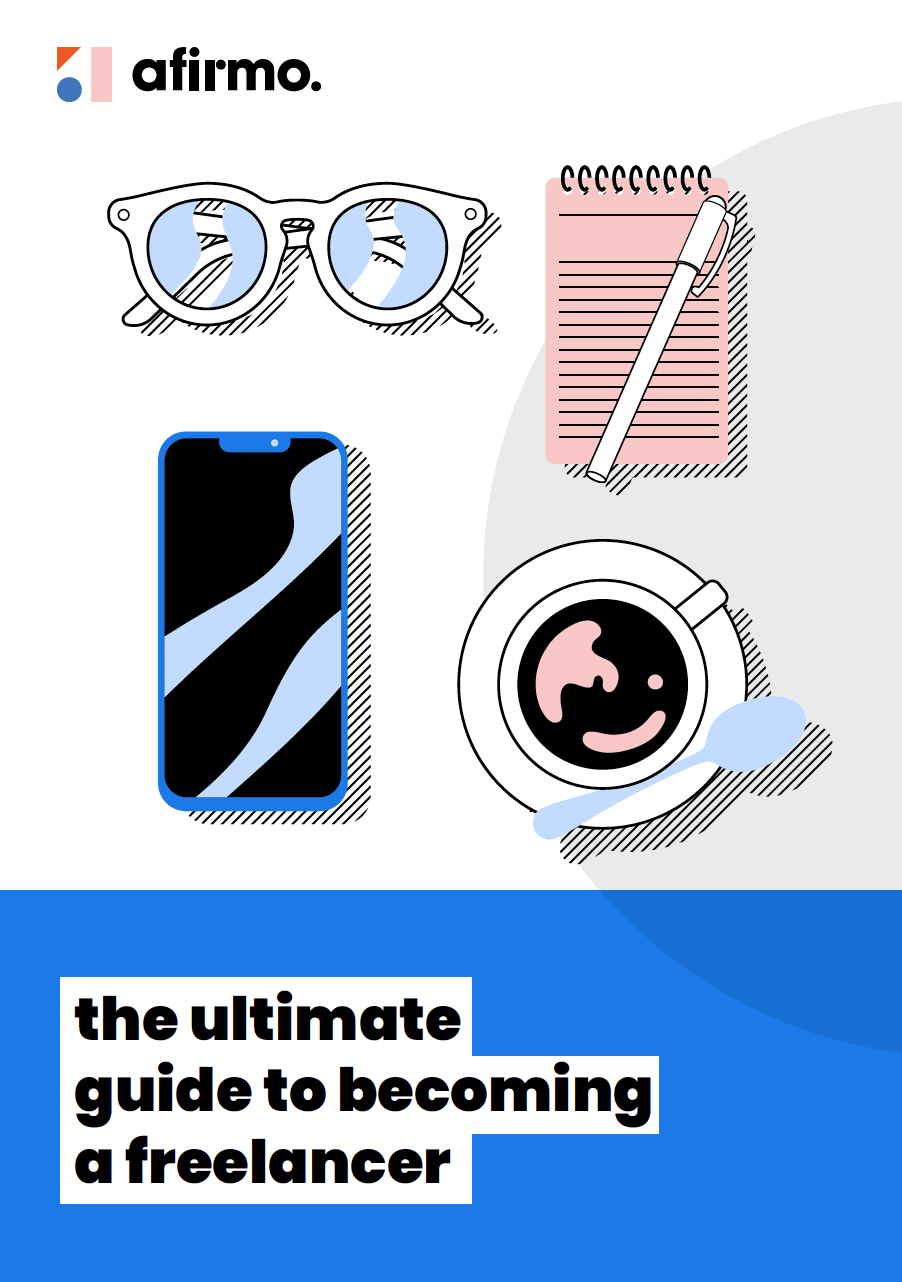Working out how much to charge as a freelancer is never easy. If you go too high, you may struggle to get enough work. Under-pricing may bring in plenty of work, but it may not be enough to support your expenses and lifestyle.
The good news is, you can adjust your rate whenever you need to. You might keep it on the low side at first, to boost your portfolio of work and build a network of clients. You can also use your rate to control the amount and type of work you have on. That means offering a special rate because you’re in a slow patch, or because you’d really like to add a particular job or client to your experience and portfolio.
Similarly, if you have more than enough work lined up, you can start to test the market with a higher rate. You can also try charging more for urgent jobs that are going to push your workload beyond your ideal level. It’s a bit like charging an overtime rate and the customer is less likely to find another freelancer with your skills at short notice.
The three main pricing models for freelancing
Different clients may ask you to quote for work in different ways. It usually depends on the type of work, but also how much work is involved. Here are the four main options.
Hourly rate
This is common when the work you’re doing is time-based rather than having a fixed scope for completion. Hourly rates are more common for freelance roles in IT support, trade work and customer service.
Daily rate
When your freelance work takes you in-house with an organisation, the client will often ask for a daily rate. They may be expecting you to be available and working for them at all times during the day. They may also expect this rate to be less than eight times the hourly rate, because they’re offering you fulltime work with no income gaps. It could also be because, although there may be times when you won’t be required, they’ll always want you to work full days, not just come in for a few hours a day. Having a daily rate makes it easier for them to cost your work into the project’s budget.
Job rate
This is when you’re asked to quote a fixed price for a particular output, such as writing 10 blog posts of 500 words each based on research provided by the client. You might estimate how long that will take you and use your hourly rate, but you’re still providing a fixed job or project rate. Other projects that often ask for a job rate are things like web design, app development or covering for someone on leave. In all cases, the customer is keen on knowing exactly what your service is going to cost, regardless of how long it takes you to deliver what’s required.
Value-based pricing
This method of pricing only suits certain categories of work and is mainly used by experienced freelancers in those fields. The idea is to estimate the value your work adds to the customer and charge them a percentage of that amount. For example, if setting them up with an online store is expected to increase their annual profit by $20,000, you might decide to charge 20% ($4,000). It’s a way of calculating a job rate that isn’t based on your time.
Start with the big picture
Many factors will influence the price you charge. Here are the main things to consider.
- How much do you need to live on, i.e. what is a comfortable minimum income?
- What income are you hoping to earn from freelancing, i.e. what’s your goal?
- What would you make as a full-time employee?
- What business costs do you have as a freelancer?
- How much do your freelance competitors charge?
- To what degree is demand for your services outstripping supply?
- How much added value do you offer, based on your experience and wider skill set?
How much time to allow for freelance admin
As a freelancer you can spend quite a lot of time on things you can’t on-charge customers. This includes everything from finding work and applying for jobs to do accounting tasks and tax returns.
The percentage of hours that are ‘non billable’ typically depends on:
- The nature of your work, i.e. are there special consumables you need for your profession
- Whether you have to find, interview and quote for work, or whether customers just contact you and book you in
- How many jobs you have going at one time
- How long your jobs or projects usually last for
Unbillable hours are usually somewhere between 20 percent and 40 precent of total working hours, so you need to build this into your billable hourly rate.
Expenses to include in freelance pricing
Most business customers are happy to pay a freelancer a higher hourly rate than their equivalent employees. That’s because of the expenses they have to pay for permanent employees, which freelancers have to cover for themselves. Here are some of the main expenses you need to allow for:
- Income tax and GST
- ACC levies
- Holiday and sick leave
- KiwiSaver contributions an employer would otherwise make
- Advertising, website and networking expenses
- Phone, computer, software and equipment costs
- Power, water and council rates – even if you work from home, your power and water use will increase
- Insurance for a work-use vehicle, premises, equipment, stock and professional indemnity
- Industry licenses or professional membership fees
How to set freelance fees based on an annual salary
One way to get an idea of the freelance hourly rate that might work for you, is to pick an annual salary you can live with and work back from there.
Let’s say you’d like to earn the equivalent of an $80,000 annual salary before tax. If your freelance expenses come to $10,000, you’ll need to bring in $90,000 excluding GST as a freelancer.
If you’re planning to freelance full time, that would mean 40 hours a week. If you allow six weeks a year for holidays and sick days, it leaves 52 – 6 = 46 weeks a year. Multiply that by 40 hours for each week and you get 1,840 working hours a year. But if only 70 percent of your work time is billable hours, you’ll only be charging for 1,840 x 0.7 = 1,288 hours a year.
If you divide that many hours into your target annual income of $90,000 it works out at a little under $70 an hour.
If you’re registered for GST, you may be able to claim the GST you pay on business expenses, however most of the GST you collect on top of your hourly rate will simply be paid to Inland Revenue.
How to check the going rate for your freelance services
Whatever you’d like to earn as a freelancer, you’ll need to compete with others who have a similar level of skills, experience and added-value to offer customers.
Here are some ways to get an idea of the current market rate:
- Identify your main competitors and check their hourly rate. It might be available on their website or you might have to ask them.
- Let potential customers know that you’re planning to go freelancing and ask them what they typically pay for someone like you.
- Check employment sites like seek.co.nz or freelance job sites such as unicornfactory.nz and upwork.com. Although Upwork is a global site, you can search using your type of work followed by New Zealand to find local freelancers in your field and see what they are charging.
- Talk to an accountant who has experience and customers in your industry.
Your Guide to becoming a freelancer chapters
- Chapter 1- Market research and validating your freelance idea
- Chapter 2 – Defining your freelance service and target audience
- Chapter 3 – How to price your freelance services
- Chapter 4 – How to write a freelance business plan
- Chapter 5 – Building your business portfolio
- Chapter 6 – Online presence and marketing
- Chapter 7 – How to manage your time as a freelancer
- Chapter 8 – Managing your finances as a freelancer
- Chapter 9 – How to choose the best insurance for freelancing



